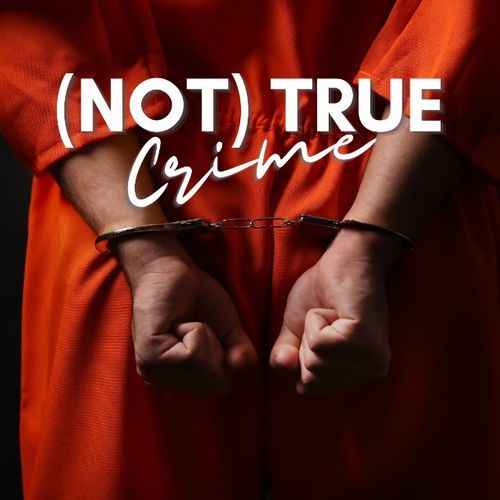(Un)True Crime: When they get the wrong guy
Feb 01, 2023 · 2 mins read
0
Share

In journalism, reporters can get it wrong sometimes. But the corrections and retractions go on the back page where no one reads. Law can operate in the same way. In a society obsessed with true crime, we often don't hear when it turns out we got it all wrong. Here's four cases:
Save
Share
The Central Park Five: In 1989, five Black and Latino teenagers were convicted of raping a white woman in New York City's Central Park based on forced 'confessions.' They served between 6 and 13 years in prison before DNA evidence cleared them in 2002. The five were awarded $41M.
Save
Share
Matias Reyes was later found to be the real culprit. He was a serial rapist and convicted murderer whose DNA was a match in the case. He also later confessed to the Central Park case. The mini-series When They See Us was made about the original conviction of the teens.
Save
Share
Steven Avery: Avery was wrongfully convicted in 1985 of sexual assault and attempted murder despite a time stamped and witnessed alibi. He served 18 years in prison before DNA evidence cleared him. In 2003, he was exonerated and released from prison.
Save
Share
Serial rapist Gregory Allen was found through DNA to be the real perpetrator. In a twist, Avery was again arrested in 2005 for the murder of a local photographer. He was convicted and sentenced to life in prison. He's the subject of Making of a Murderer.
Save
Share
Kirk Bloodsworth: Bloodsworth was convicted in 1985 of the rape and murder of a 9-year-old girl in Maryland. He was sentenced to death, but was exonerated in 1993 after DNA evidence cleared him. He was the first person in the U.S. to be exonerated based on DNA evidence.
Save
Share
Kimberly Shay Ruffner was later found to have been the real rapist and murderer. In a twist, both Bloodsworth and Ruffner had been serving time at the same prison (Ruffner for an unrelated charge). Their cells--wrongfully convicted and true perpetrator--were adjacent.
Save
Share
Brian Banks: In 2002, a 15 year old classmate accused 16 year old Brian Banks, a high school football star, of rape. The victim alleged it happened in the stairwell of their school during a summer session. He pled no contest at the advice of a lawyer and got five years in prison.
Save
Share
After his release, the alleged victim contacted him to speak. Banks secretly recorded the conversation wherein she admitted she lied. But she didn't want to recant for fear she'd have to return a $1.5M settlement from the school. Banks went on to play in the NFL.
Save
Share
While we're playing detectives on podcasts and online forums, it's important to remember that even the real detectives get it all wrong. "Innocent until proven guilty" should have a caveat "until possibly proven innocent again." Just look at the National Registry of Exonerations.
Save
Share
0